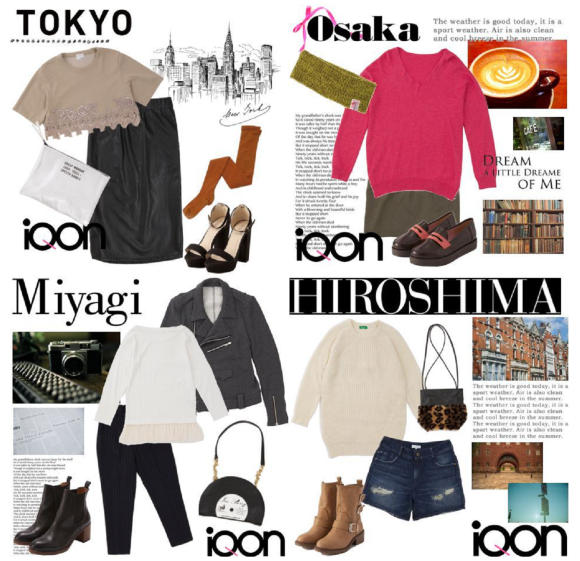
Japan isn’t that big geographically, but it’s still divided up into 47 different prefectures. Even though it’ll usually only take you a couple of hours to pass from one into the other (and even less if you’re on the Shinkansen), each has its own unique feel to it. Depending on where you are, people eat different foods, celebrate holidays in different ways, and even like different clothes, as shown by a study that reveals how Japanese women like to dress by prefecture.
The staff of popular fashion website and smartphone app iQON compiled their lists by examining which fashion items users from each prefecture had clicked to like. After sifting through roughly 20 million likes, iQON had enough data to put together an ensemble for each prefecture for its Japanese Fashion Baseline Outfits 2014 list.
Starting with Tokyo, locals reach for skirts and other feminine yet sophisticated articles of clothing before heading out into Japan’s political and fashion capital.
Osaka, Tokyo’s outspoken rival in the west, displayed a strong preference for minidresses and head wraps, plus the color pink.
Meanwhile, Aichi, which includes the city of Nagoya, says those Tokyo and Osaka girls can keep their bare legs to themselves, and showed its love for pants and sunglasses.
Saitama and Chiba, which border Tokyo on the north and east, respectively, occasionally bicker over which is the cooler prefecture. If you accept Tokyo as the pinnacle of the Japanese fashion scene, it looks like Saitama comes out the winner, as its skirt and snappy coat are closer to Tokyo’s above style than Chiba’s dressed-down look.
Meanwhile, Kanagawa, Tokyo’s southern neighbor, doesn’t stoop to such petty debates, and is content to rock its denim shorts and sporty backpacks at the prefecture’s numerous beaches.
As you might expect, tropical Okinawa also picks fashions appropriate for a day on the sand.
Users from Fukushima gave plenty of likes to sky blue and pink items, plus tulle skirts. The prefecture is just enough north that residents will probably get a lot of use out of that parka’s hood, too.
The climate probably also had a hand in making this warm-looking cap a top pick in mountainous Gunma, where the choice of pants over skirts will come in handy if anyone decides to go for a ride on prefectural mascot/yuru-kyara grand champion/adorable horse Gunma-chan.
It’s not just weather that can affect fashion, though, but sometimes even local produce. Mention Aomori Prefecture to just about anyone in Japan, and one of the first things they’ll think of are its delicious apples, which might explain why the prefecture showed a fondness for red-tinged items.
This might be stretching things a little, but could it be there’s also a connection between Miyagi’s leather jacket and the fact that Sendai, its biggest city, is famous for beef tongue?
The relationship between food and clothing isn’t absolute, though. Despite having access to some fantastic cream-based treats, the ladies of Hiroshima still feel confident enough in their legs to regularly like outfits that show off their thighs.
Yamanashi, also, is comfortable with having its knees seen, albeit in a daintier way than Hiroshima.
Kobe, in Hyogo Prefecture, has long had a reputation as one of the more elegant cities in Japan, an image that’s only reinforced by Hyogo’s tight-fitting skirt and jaunty cap.
Tokushima, on the island of Shikoku, may not get much national media attention, but its eye-catching ensemble is one of the most feminine on iQON’s list.
Between Japan’s lingering economic troubles and cultural preference for not standing out too much, nationwide, iQON users’ tastes skewed toward understated colors such as white, black, and gray. That wasn’t the case in Shiga, though, which went with oranges, greens, and yellows, or what Japan calls “vitamin colors” due to the way they evoke thoughts of vitamin C-packed citrus fruits.
But no one bucked the monochrome trend as hard as Kagoshima. Located at the very southern tip of the island of Kyushu, the prefecture can’t get enough of yellow, pink, and orange.
iQON’s theory for this is because Kagoshima City, the prefecture’s largest town, sits across a bay from active volcano Sakurajima. Sakurajima regularly covers Kagoshima in a thin layer of ash, causing fashionable women to avoid white and black clothing, iQON says, on which flecks of ash would be easily visible.
We’re not sure how solid that logic is, but in a city where the skies so often turn gray, we’re sure everyone appreciates the splashes of color.
Source, images: iQON
[ Read in Japanese ]

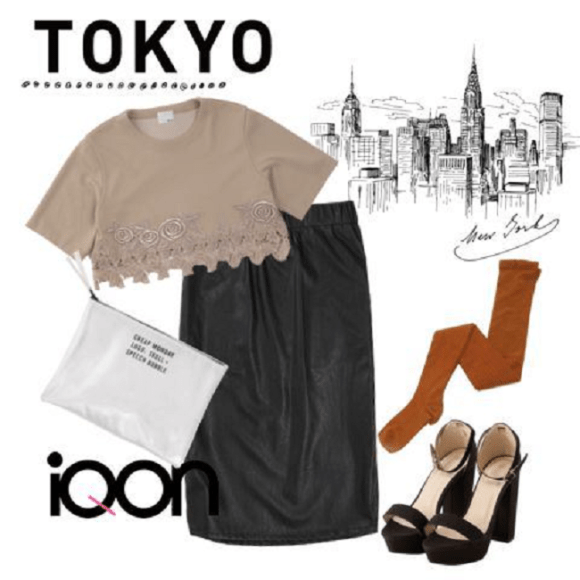
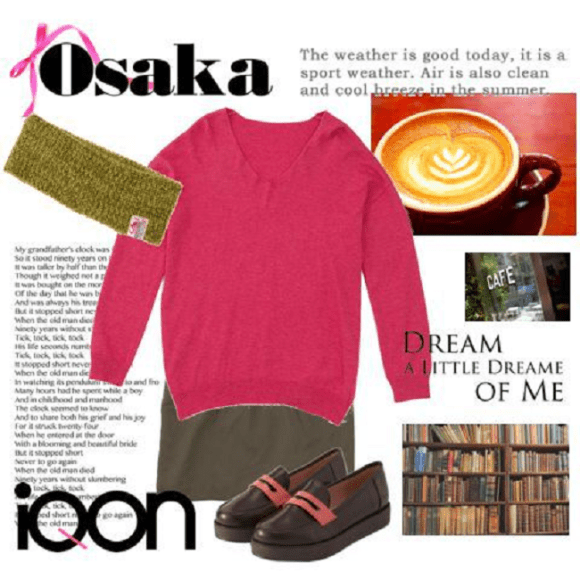
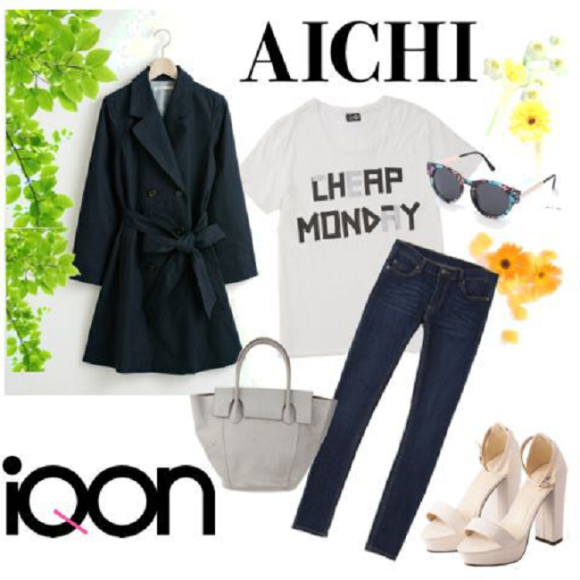
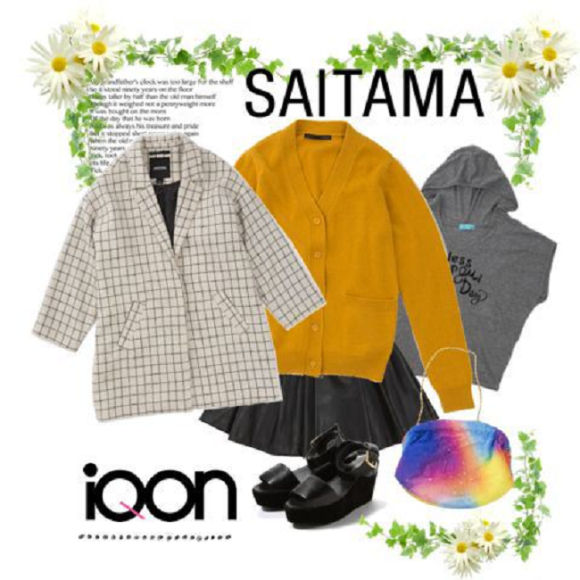
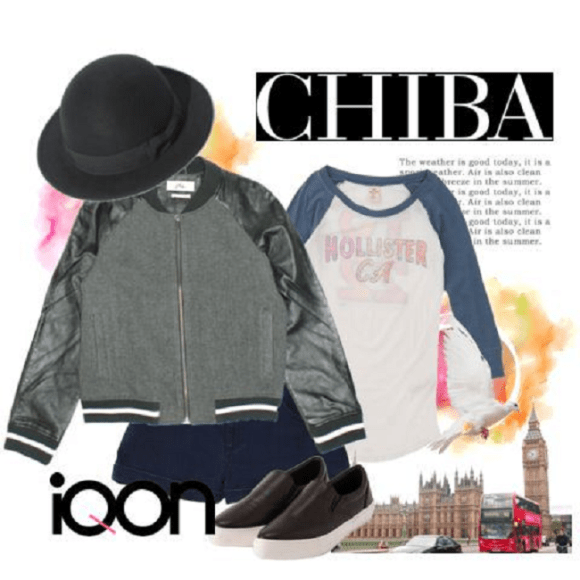
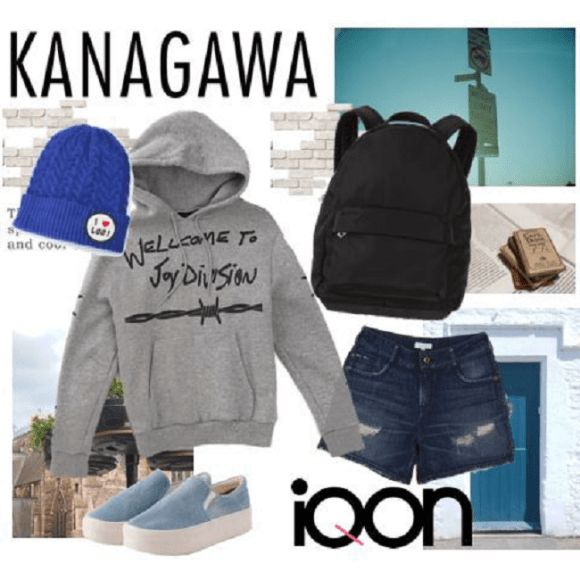
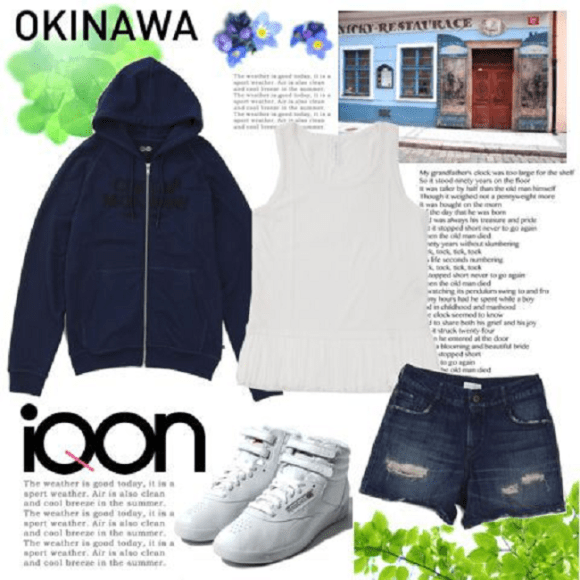
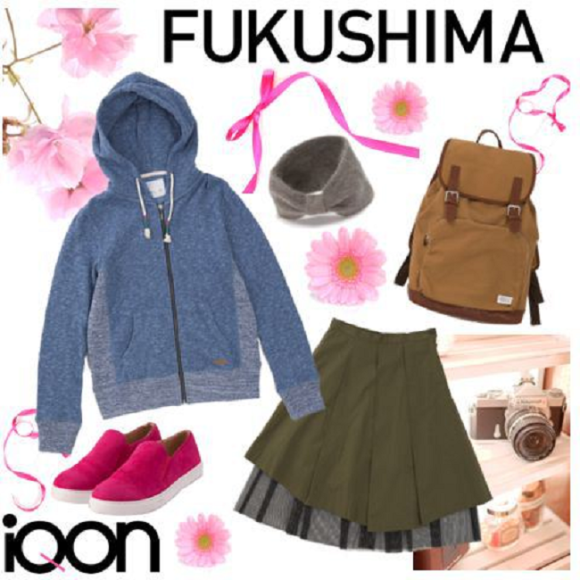

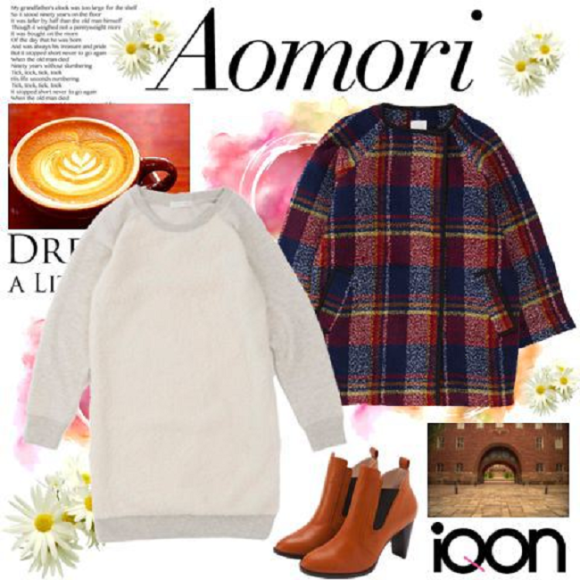
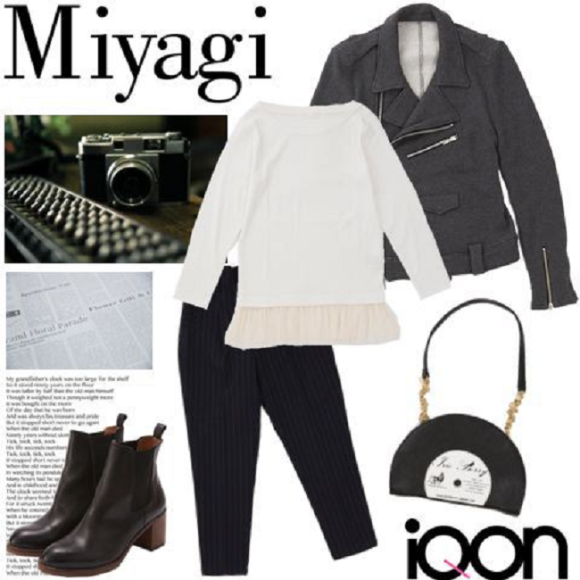
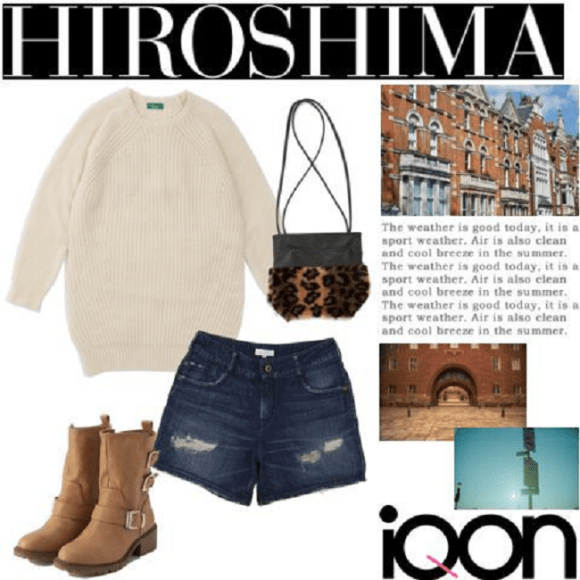
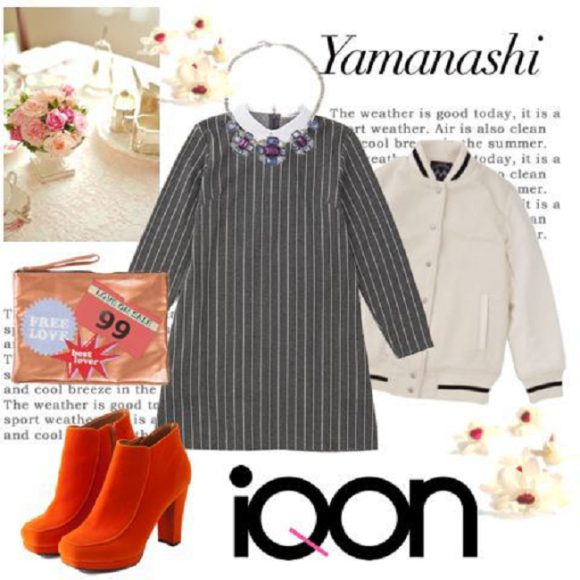
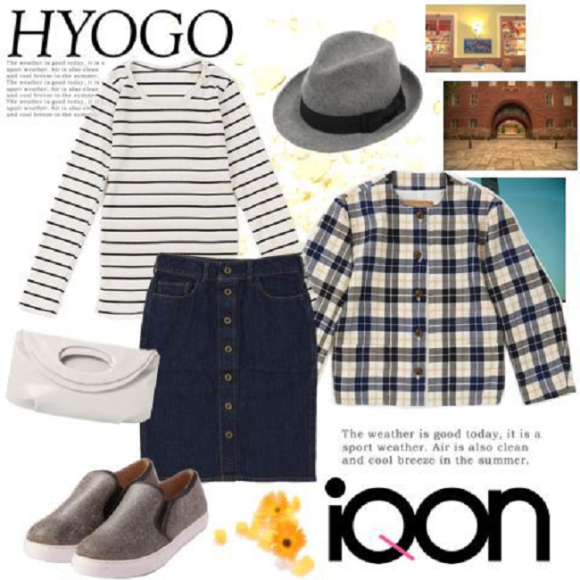
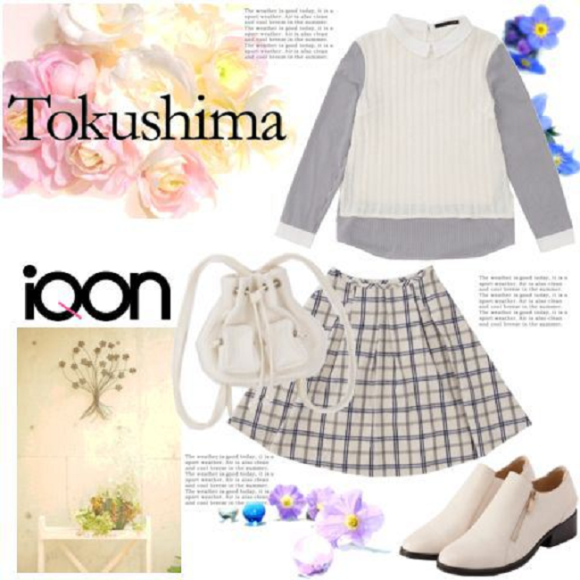
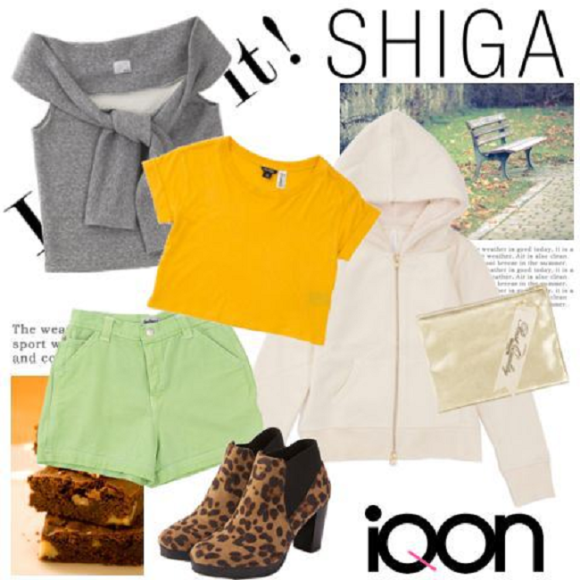
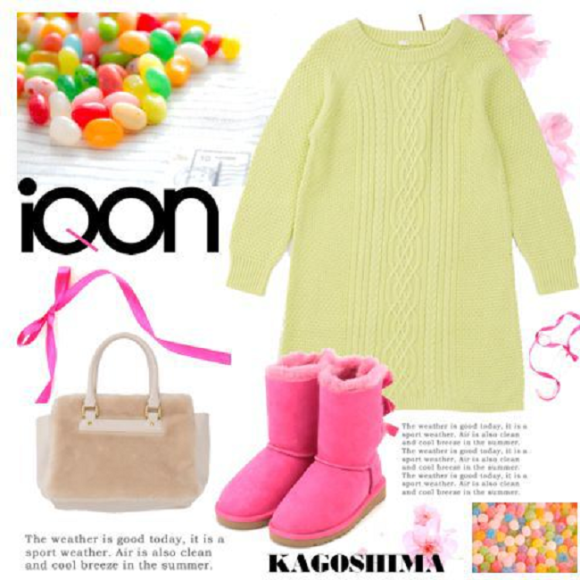
 9 middle-aged Japanese men come to work in the clothes they’d like their partners to wear
9 middle-aged Japanese men come to work in the clothes they’d like their partners to wear New line of skirts promises to give you the slim waist and long legs of an anime heroine 【Photos】
New line of skirts promises to give you the slim waist and long legs of an anime heroine 【Photos】 Over a dozen pigs occupy part of the Osaka expressway following delivery truck accident【Video】
Over a dozen pigs occupy part of the Osaka expressway following delivery truck accident【Video】 Kagoshima City releases catchy promotional video with weird dancing, bushy eyebrows, no pants
Kagoshima City releases catchy promotional video with weird dancing, bushy eyebrows, no pants Pork or beef? A peek into how Japan’s curry preferences change from place to place
Pork or beef? A peek into how Japan’s curry preferences change from place to place How to order snacks on a Shinkansen bullet train in Japan
How to order snacks on a Shinkansen bullet train in Japan New Pokémon ice cream, dessert drinks, and cool merch coming to Baskin-Robbins Japan【Pics】
New Pokémon ice cream, dessert drinks, and cool merch coming to Baskin-Robbins Japan【Pics】 Japan’s new difficult-to-drink-from beer glass protects your liver, but it’s a brutal experience
Japan’s new difficult-to-drink-from beer glass protects your liver, but it’s a brutal experience Demon Slayer: Kimetsu no Yaiba gets new roller coaster attractions and food at Universal Studios Japan
Demon Slayer: Kimetsu no Yaiba gets new roller coaster attractions and food at Universal Studios Japan Burger King Japan suddenly adds Dr. Pepper and Dr. Pepper floats to its menu nationwide
Burger King Japan suddenly adds Dr. Pepper and Dr. Pepper floats to its menu nationwide High-fashion Totoro cuddle purse is like an elegant stroll in the forest【Photos】
High-fashion Totoro cuddle purse is like an elegant stroll in the forest【Photos】 Hello, cosmetics! Clinique teams up with Hello Kitty this summer for first-time collaboration
Hello, cosmetics! Clinique teams up with Hello Kitty this summer for first-time collaboration To combat declining birth rate, Japan to begin offering “Breeding Visas” to foreigners
To combat declining birth rate, Japan to begin offering “Breeding Visas” to foreigners Russian crocodile hospitalized after woman falls on it
Russian crocodile hospitalized after woman falls on it Starbucks Japan welcomes alpacas for cute summer drinkware line【Photos】
Starbucks Japan welcomes alpacas for cute summer drinkware line【Photos】 Nintendo history you can feel – Super NES, N64, and GameCube controllers become capsule toys
Nintendo history you can feel – Super NES, N64, and GameCube controllers become capsule toys “The most Delicious Cup Noodle in history” – Japan’s French Cup Noodle wins our heart【Taste test】
“The most Delicious Cup Noodle in history” – Japan’s French Cup Noodle wins our heart【Taste test】 Starbucks releases a cute Frappuccino and Unicorn Cake…but not in Japan
Starbucks releases a cute Frappuccino and Unicorn Cake…but not in Japan Kyoto Tower mascot termination reveals dark side behind cute Japanese characters
Kyoto Tower mascot termination reveals dark side behind cute Japanese characters McDonald’s Japan’s Soft Twist Tower: A phantom ice cream only sold at select branches
McDonald’s Japan’s Soft Twist Tower: A phantom ice cream only sold at select branches Yabai Ramen: What makes this Japanese ramen so dangerous?
Yabai Ramen: What makes this Japanese ramen so dangerous? Finally! Nintendo Japan expands Switch 8-bit controller sales to everybody, Online member or not
Finally! Nintendo Japan expands Switch 8-bit controller sales to everybody, Online member or not Japanese government wants to build luxury resorts in all national parks for foreign tourists
Japanese government wants to build luxury resorts in all national parks for foreign tourists 10 things you should buy at 7-Eleven in Japan
10 things you should buy at 7-Eleven in Japan Studio Ghibli releases anime heroine cosplay dresses that are super comfy to wear
Studio Ghibli releases anime heroine cosplay dresses that are super comfy to wear Woman charged for driving suitcase without a license in Osaka
Woman charged for driving suitcase without a license in Osaka Studio Ghibli unveils My Neighbour Totoro miniature house model
Studio Ghibli unveils My Neighbour Totoro miniature house model Kyoto experiencing problems with foreign tourists not paying for bus fares, but not on purpose
Kyoto experiencing problems with foreign tourists not paying for bus fares, but not on purpose Fighting mild hunger with a Japanese soda that turns into jelly in the stomach【Taste test】
Fighting mild hunger with a Japanese soda that turns into jelly in the stomach【Taste test】 Studio Ghibli’s Howl’s Moving Castle tapestry unveiled in Japan for first time
Studio Ghibli’s Howl’s Moving Castle tapestry unveiled in Japan for first time McDonald’s new Happy Meals offer up cute and practical Sanrio lifestyle goods
McDonald’s new Happy Meals offer up cute and practical Sanrio lifestyle goods Sales of Japan’s most convenient train ticket/shopping payment cards suspended indefinitely
Sales of Japan’s most convenient train ticket/shopping payment cards suspended indefinitely Sold-out Studio Ghibli desktop humidifiers are back so Totoro can help you through the dry season
Sold-out Studio Ghibli desktop humidifiers are back so Totoro can help you through the dry season Japanese government to make first change to romanization spelling rules since the 1950s
Japanese government to make first change to romanization spelling rules since the 1950s Foreigner’s request for help in Tokyo makes us sad for the state of society
Foreigner’s request for help in Tokyo makes us sad for the state of society Ghibli founders Toshio Suzuki and Hayao Miyazaki contribute to Japanese whisky Totoro label design
Ghibli founders Toshio Suzuki and Hayao Miyazaki contribute to Japanese whisky Totoro label design Doraemon found buried at sea as scene from 1993 anime becomes real life【Photos】
Doraemon found buried at sea as scene from 1993 anime becomes real life【Photos】 Tokyo’s most famous Starbucks is closed
Tokyo’s most famous Starbucks is closed Princesses, fruits, and blacksmiths: Study reveals the 30 most unusual family names in Japan
Princesses, fruits, and blacksmiths: Study reveals the 30 most unusual family names in Japan Japan’s anime waist skirts have become a line of femininely fashionable one-piece dresses
Japan’s anime waist skirts have become a line of femininely fashionable one-piece dresses Japanese man rides 1,000 kilometres on stolen mamachari bicycle to see Tokyo for first time
Japanese man rides 1,000 kilometres on stolen mamachari bicycle to see Tokyo for first time Japan’s Department of Magic releases new “Magic School” uniform
Japan’s Department of Magic releases new “Magic School” uniform Daily horde of commuters into Tokyo is larger than one of history’s fiercest conquering armies
Daily horde of commuters into Tokyo is larger than one of history’s fiercest conquering armies Typhoon Trami batters Japan, hits close to Tokyo with fierce winds 【Photos & Videos】
Typhoon Trami batters Japan, hits close to Tokyo with fierce winds 【Photos & Videos】 When do Japanese women have their first kiss? Survey finds gap between different parts of Japan
When do Japanese women have their first kiss? Survey finds gap between different parts of Japan Japanese middle school promotes long pants to full-uniform status for girls, equal with skirts
Japanese middle school promotes long pants to full-uniform status for girls, equal with skirts Japan’s new Pajama Suit is the perfect all-day, all-situations outfit for our current lifestyle
Japan’s new Pajama Suit is the perfect all-day, all-situations outfit for our current lifestyle San’in, Japan is breathtakingly beautiful especially when captured with a 4K video camera【Video】
San’in, Japan is breathtakingly beautiful especially when captured with a 4K video camera【Video】 What do black holes and Gundam have in common? Here’s a hint: Schwarzschild!
What do black holes and Gundam have in common? Here’s a hint: Schwarzschild! No more miniskirts? Changes happening in Japanese schoolgirl uniform fashion trends
No more miniskirts? Changes happening in Japanese schoolgirl uniform fashion trends The ultimate Shinkansen trip: Riding Japan’s bullet train network from one end to the other
The ultimate Shinkansen trip: Riding Japan’s bullet train network from one end to the other Which parts of Ishikawa are OK to travel to after Noto quake? Government shares guideline map
Which parts of Ishikawa are OK to travel to after Noto quake? Government shares guideline map Japanese school renames boys, girls uniforms as “Type I” and “Type II” in gender identity reform
Japanese school renames boys, girls uniforms as “Type I” and “Type II” in gender identity reform Sailor Moon team is ready to keep your legs warm, nose dry with tights and tissue holders
Sailor Moon team is ready to keep your legs warm, nose dry with tights and tissue holders
Leave a Reply